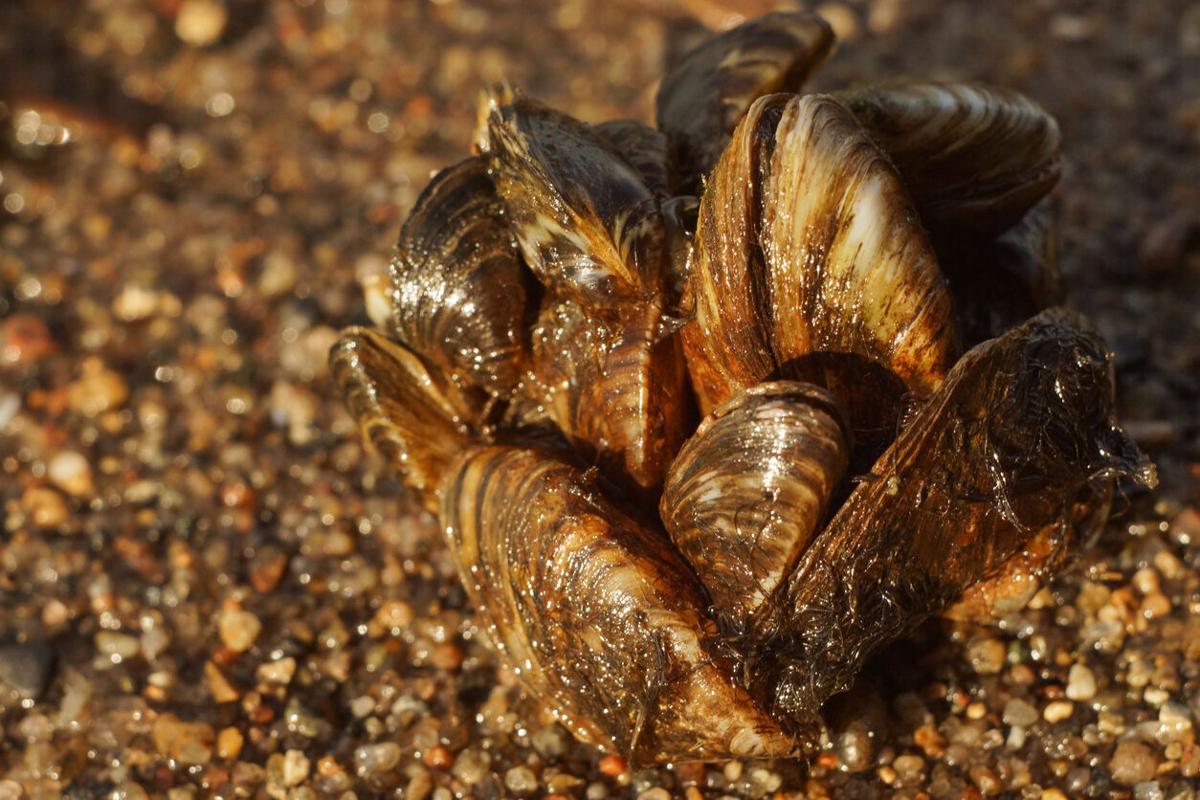CPW announces plan to treat invasive zebra mussels in privately owned body of water in Eagle County
$(window).load(function() {
window.setTimeout(affixShare, 2000);
function affixShare() {
var sHeight = $(‘#share-left-affix’).outerHeight(true);
var cHeight = $(‘#share-left-affix’).parent().outerHeight(true);
var sTop = $(‘#share-left-affix’).offset().top – 100;
var sBottom = $(document).height() – ($(‘#share-left-affix’).parent().offset().top + cHeight – 100);
if(cHeight > sHeight) {
$(‘#share-left-affix’).affix({
offset: { top: sTop, bottom: sBottom }
});
}
}
});
$(window).resize(function() {
var sHeight = $(‘#share-left-affix’).outerHeight(true);
var cHeight = $(‘#share-left-affix’).parent().outerHeight(true);
var sTop = $(‘#share-left-affix’).offset().top – 100;
var sBottom = $(document).height() – ($(‘#share-left-affix’).parent().offset().top + $(‘#share-left-affix’).parent().outerHeight(true) – 100);
if(cHeight > sHeight) {
$(‘#share-left-affix’).data(‘bs.affix’).options.offset.top = sTop;
$(‘#share-left-affix’).data(‘bs.affix’).options.offset.bottom = sBottom;
}
});
Colorado Parks and Wildlife (CPW) has announced a plan to contain and treat invasive zebra mussels in a privately owned body of water in western Eagle County.
According to a press release from CPW, staff will apply EarthTec QZ, an EPA-registered copper-based molluscicide, to the lake in the coming weeks. Staff will routinely monitor the water to evaluate its effectiveness following the initial treatment.
“We are grateful for the continued collaboration with the private landowner,” said Robert Walters, Invasive Species Program Manager. “They understand the dangers zebra mussels pose to our environment and water infrastructure and the importance of working to eradicate them before they become a bigger problem.”
As well as this planned treatment, CPW staff will continue increased sampling efforts on the Colorado River and its tributaries above and below the infested body of water.
CPW has confirmed four samples out of the 318 they have collected on the Colorado River since mid-April to contain zebra mussel veligers. CPW has not detected any zebra mussel veligers in the samples they have taken from the Eagle and Roaring Fork rivers, and no adult zebra mussels have been detected in the Colorado, Eagle, or Roaring Fork rivers.
“As we have seen, eradicating invasive mussels is extremely difficult, which is why we focus so heavily on preventing their introduction,” said Walters. “That being said, the more confident we can be in our understanding of their current distribution, the better chance we have of effectively managing them. That is why we will continue our daily sampling efforts from the headwaters to the stateline.”
Find more information about how to prevent the spread of aquatic nuisance species like zebra mussels and how to properly clean, drain, and dry your boating and fishing gear here and here.
STAY INFORMED: Get free Colorado news with our daily newsletter (Click here)




